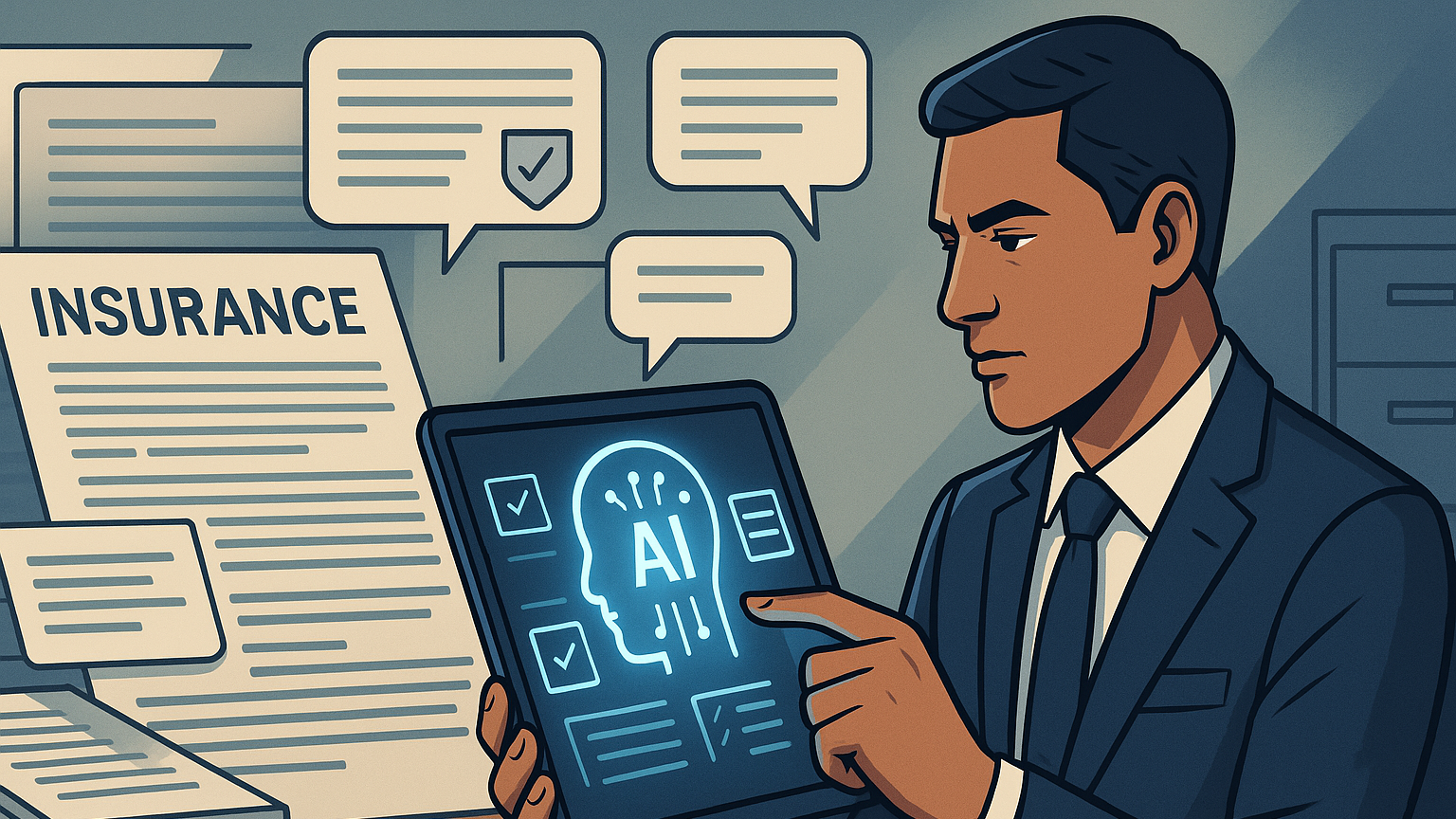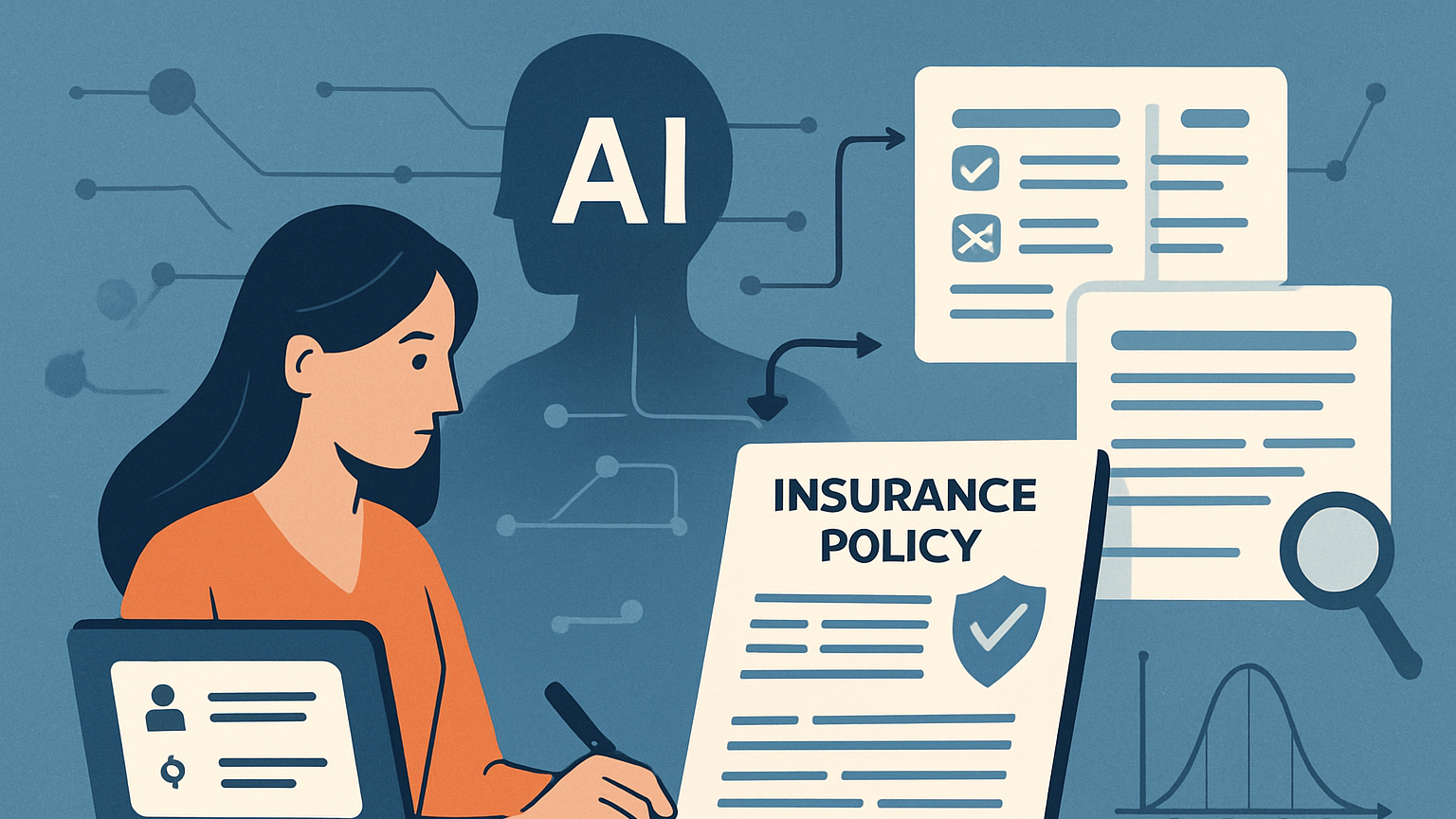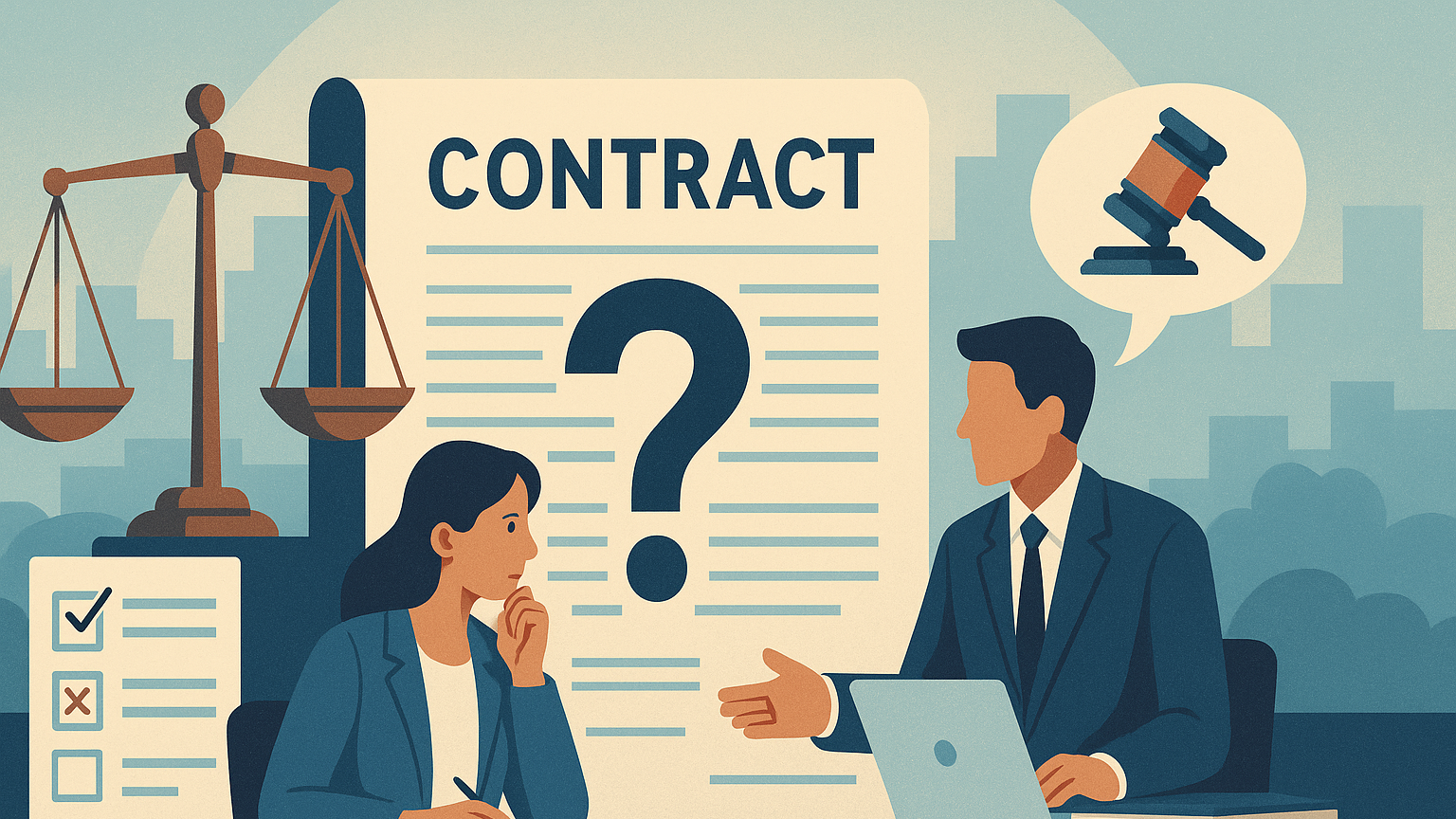
AI guidance for Insurance coverage analysis and recommendations in professional services
You’re working in professional services and you’ve likely felt the pressure to interpret complex insurance policies, assess risk, and recommend coverage quickly and accurately. AI is changing how you approach these tasks by automating routine analysis, surfacing hidden exposures, and helping you justify recommendations with faster, evidence-based reasoning. This article gives you practical guidance so you can apply AI safely and effectively to insurance coverage analysis and recommendations in professional services — from underlying technology to implementation, governance, and real-world workflows.

Why AI matters for insurance coverage analysis in professional services
You face long, ambiguous insurance contracts and a constant stream of new claims and regulatory requirements. AI helps you cut through the noise by extracting relevant clauses, mapping coverage to exposures, and suggesting options that fit your client’s risk profile. It accelerates due diligence, improves consistency across recommendations, and frees you to focus on judgment-intensive tasks like negotiation and strategy. Whether you’re advising clients as a broker, a lawyer, an accountant, or an in-house risk manager, AI can boost your productivity and reduce errors if you implement it thoughtfully.
What “coverage analysis” really involves
Coverage analysis means identifying insured parties and property, mapping covered perils and exclusions, quantifying limits and sublimits, and determining applicable conditions, endorsements, and jurisdictions. You also assess residual risk, consider available endorsements or policy upgrades, and evaluate transfer or retention strategies such as deductibles and retention layers. A strong coverage analysis combines legal interpretation, factual investigation, historical claims data, and commercial judgment — all areas where targeted AI tools can support you.
Key AI techniques that help with coverage analysis
AI for this domain is largely driven by natural language processing (NLP), information extraction, and reasoning systems. Named entity recognition (NER) pulls out parties, dates, and amounts. Clause classification sorts policy sections into coverage, exclusion, condition, or limit. Semantic search and embeddings let you find similar policy language across contracts. Retrieval-augmented generation (RAG) connects large language models (LLMs) to your document store so the model can cite specific clauses. Causal and probabilistic models help you estimate likelihoods of exposures. When combined, these techniques give you a toolkit to accelerate and standardize coverage assessments.
How you’ll use each technique in practice
You’ll use NER to extract insured names, policy numbers, and jurisdiction details so that your analysis starts with clean metadata. Clause classification helps you tag each sentence and quickly identify which parts of a policy are potentially favorable or unfavorable. Semantic search helps when you’re trying to find precedent — similar endorsements or litigated clauses across thousands of documents. RAG enables more natural, evidence-backed responses when you need to produce a memo or recommendation. Probabilistic models can score likelihoods of coverage disputes based on historical data. Together they allow your team to move from manual review to a mixed human-AI workflow.

Data you need and how to prepare it
Your AI system is only as good as the data it uses. You’ll need a corpus of policy documents, endorsements, claim files, loss runs, prior coverage opinions, and litigation outcomes where available. Metadata like policy effective dates, limits, and jurisdiction are essential. Clean, labeled examples of coverage versus exclusion decisions help supervise models. Protect and anonymize any PII in claims and client documents to meet privacy and regulatory obligations. You should also maintain provenance — where each piece of evidence came from — because auditability is critical for compliance and client trust.
Building a practical AI pipeline for coverage analysis
Start with document ingestion and OCR for scanned policies so you capture usable text. Next, normalize metadata and store documents in a searchable, versioned repository. Apply extraction and classification models to annotate clauses and entities. Build a retrieval layer to surface relevant clauses, endorsements, and prior opinions. Integrate a generative layer that can draft coverage opinions or recommendation memos, but ensure the output is grounded in the retrieved sources. Finally, present results through a human-friendly interface that highlights uncertain decisions, flags conflicts, and provides traceable citations back to source documents.
Model selection: which models to choose and why
You’ll balance specialized models with general-purpose LLMs. Small, fine-tuned classifiers are efficient for clause tagging and can run on-premise for sensitive data. LLMs (open-source or commercial) are great for drafting and reasoning tasks but require careful prompt engineering and grounding mechanisms. Embedding models power semantic search and similarity matching. Choose models with explainability features or that integrate with explainable AI tools so you can show why a model recommended one coverage path over another. Consider inference costs, latency, and the need to host models on-premise versus in the cloud, depending on your compliance constraints.

Ensuring explainability and traceability
You must be able to justify coverage recommendations to clients and regulators. Use systems that produce citation-backed outputs: when an LLM answers a question, it should include the exact clause and document that supports the conclusion. Maintain an immutable audit log of model inputs, outputs, and user interactions so you can reconstruct the decision path later. Provide confidence scores and highlight ambiguous or conflicting clauses. This transparency helps maintain client trust and protects your firm by demonstrating professional diligence.
Human-in-the-loop workflows: maintaining expert oversight
AI should augment, not replace, your professional judgment. Build human-in-the-loop checkpoints for any final recommendation or letter of advice. Use the AI to draft preliminary opinions, surface candidate endorsements, and flag conflicts, then have qualified professionals review, edit, and approve the final recommendation. This keeps you in control of legal interpretations and ensures responsibility stays with licensed practitioners. Also use human feedback loops to retrain and improve models over time — each expert edit is a labeled data point.
Handling ambiguity and legal interpretation
Insurance policies are notoriously ambiguous. AI can spot ambiguous language but cannot always resolve interpretative questions that depend on jurisdictional law or litigation trends. When ambiguity is detected, your system should escalate to legal counsel or a specialist. Provide structured outputs that show competing interpretations, supporting cases or precedents, and the commercial consequences of each interpretation. This helps your client make an informed choice about whether to litigate, negotiate, or buy supplementary coverage.

Risk management for your AI systems
You have to manage AI-specific risks like model drift, hallucinations, and data leakage. Implement continuous monitoring: track model accuracy on labeled samples, monitor real-world outcomes such as claim denials, and set thresholds that trigger human review or model retraining. Protect your data through encryption, least-privilege access controls, and secure logging. Regularly test for adversarial inputs — for example, malformed policy scans that confuse extraction models — and maintain incident response plans for data breaches or erroneous recommendations.
Regulatory, ethical, and privacy considerations
You’ll operate across privacy regulations (e.g., GDPR, CCPA), financial services rules, and the legal boundaries of practice. Ensure client consent and lawful bases for processing personal or sensitive data. Be aware of restrictions on automated legal advice in some jurisdictions — your output should be clearly labeled as supportive and require professional sign-off. Explainability and nondiscrimination are essential; if your recommendations could affect a client’s access to coverage or renewal terms, document the criteria used and be prepared to justify them.
Integrating AI into your existing tech stack
You should integrate AI tools with your policy administration systems, claims platforms, document management systems, and CRM. This avoids double entry and ensures contextual data (like claim history or client profile) is available during analysis. Provide APIs or connectors that let you pull in relevant documents and push AI outputs back into case files. Build dashboards that surface key coverage metrics and workflow statuses so your team can act quickly on flagged issues.

Practical implementation roadmap for your team
Begin with a pilot focused on a high-value use case — for example, coverage analysis for professional liability claims in one vertical. Collect sample policies and historical claim files, set success criteria (time saved, accuracy improvement), and choose a minimal viable workflow that pairs an AI assistant with expert review. Measure outcomes and iterate. Expand to additional lines of business and automate more steps as model performance and governance mature. Throughout, prioritize documentation, staff training, and change management so users trust and adopt the tools.
Measuring success and KPIs
Define KPIs that matter to your business: reduction in time to produce coverage opinions, percentage of recommendations accepted by clients, reduction in claim denials due to coverage issues, consistency across reviewers, and user satisfaction. Track model and business metrics separately: model precision/recall on clause classification, and downstream outcomes like fewer surprises at claim time. Use A/B testing when deploying changes to measure whether AI-driven workflows actually improve outcomes versus manual processes.
Example use cases in professional services
You can apply these techniques across many professional services areas. A law firm uses AI to extract policy language and draft an initial coverage opinion for defense counsel. An accounting firm uses AI to assess errors and omissions coverage for assurance engagements, identifying gaps and recommending endorsements. A consulting firm performing cybersecurity assessments uses AI to map a client’s tech stack to cyber insurance policy terms and quantify residual risk. In each case, AI accelerates document review, surfaces relevant precedent, and helps you produce a more consistent, evidence-backed recommendation.
Sample end-to-end scenario: from intake to recommendation
Imagine you’re handling a claim where a client — a software development firm — faces a dispute over alleged faulty code. You start by uploading the relevant professional liability policy, loss runs, and the claim file into your AI system. The system extracts key entities, tags clauses that mention “professional services,” “technology errors,” and “completed operations,” and retrieves prior opinions on similar code-defect claims. The model drafts a coverage memo that cites specific policy language and recommends pursuing defense under the professional liability section, while recommending an umbrella layer for broader liability. A specialist reviews, edits the memo, adds jurisdictional precedent, and signs off. The whole process that used to take days can now be completed in hours.
Best practices and common pitfalls
Adopt an iterative approach: start small, measure outcomes, and scale. Maintain strong data governance and version control for both models and documents. Keep humans in the loop for judgment calls, and document every decision path. Avoid overreliance on LLM outputs without citations, and don’t neglect edge cases — rare policy wordings or jurisdictional quirks often cause disputes. Train your teams on tool limitations and ensure communication to clients is clear about the role AI played in the analysis.
Managing change: training and people considerations
AI adoption succeeds when you invest in people. Train underwriters, claims adjusters, advisers, and lawyers on how to interpret AI outputs, how to validate model suggestions, and how to feed corrections back into the system. Provide user-friendly interfaces with clear explanations and easy ways to annotate or flag outputs. Establish champions within business units to drive adoption and collect feedback. Recognize that AI will shift skills — your team will spend less time on rote review and more on negotiation, client strategy, and complex legal interpretation.
Monitoring, maintenance, and continuous improvement
Models degrade over time as policies, endorsements, and legal precedents change. Set up regular retraining cycles based on new labeled examples, refresh your document corpus, and periodically evaluate model performance against new claim outcomes. Keep a roadmap for feature improvements, and schedule audits to ensure your pipeline maintains compliance with regulatory and security requirements. Create forums for users to report errors and suggestions, and incorporate that feedback into model and interface updates.
Future trends to watch
Expect tighter integration of AI with actuarial models to translate coverage gaps into quantified financial exposures and pricing recommendations. You’ll see growing use of multimodal models that combine text, images (e.g., scanned policy stamps), and structured data for richer analysis. Standardized policy ontologies and shared labeled datasets across the industry will improve model performance and interoperability. Regulatory guidance on AI use in legal and insurance contexts will evolve, pushing firms toward greater transparency. Staying informed will let you turn these advances into competitive advantage.
Practical checklist to get started
Begin by identifying a prioritized use case, assemble representative documents, and establish baseline performance metrics for time and accuracy. Choose models that align with your compliance posture — on-premise for sensitive data, cloud where permitted. Build a simple pipeline for extraction, retrieval, and human review. Validate outputs against historical cases, and measure business impact. Iterate with user feedback and scale to additional lines once your governance and monitoring are robust. This disciplined approach minimizes risk and delivers tangible value while keeping professional responsibility in your hands.
Conclusion: balancing opportunity and responsibility
AI offers you a powerful set of tools to transform insurance coverage analysis and recommendations in professional services. When implemented thoughtfully — with human oversight, rigorous data governance, explainability, and continuous monitoring — AI can help you work faster, more consistently, and with stronger evidentiary support. Your role shifts toward higher-value judgment, negotiation, and client advisory work while the AI handles repetitive extraction, classification, and initial drafting. Embrace the technology, but keep accountability, client consent, and professional standards front and center.
If you found this article useful, please clap, leave a comment with your thoughts or questions, and subscribe to my Medium newsletter for updates on AI in professional services and insurance.
